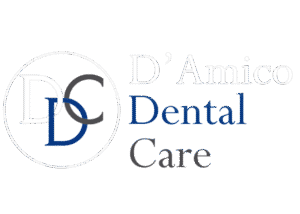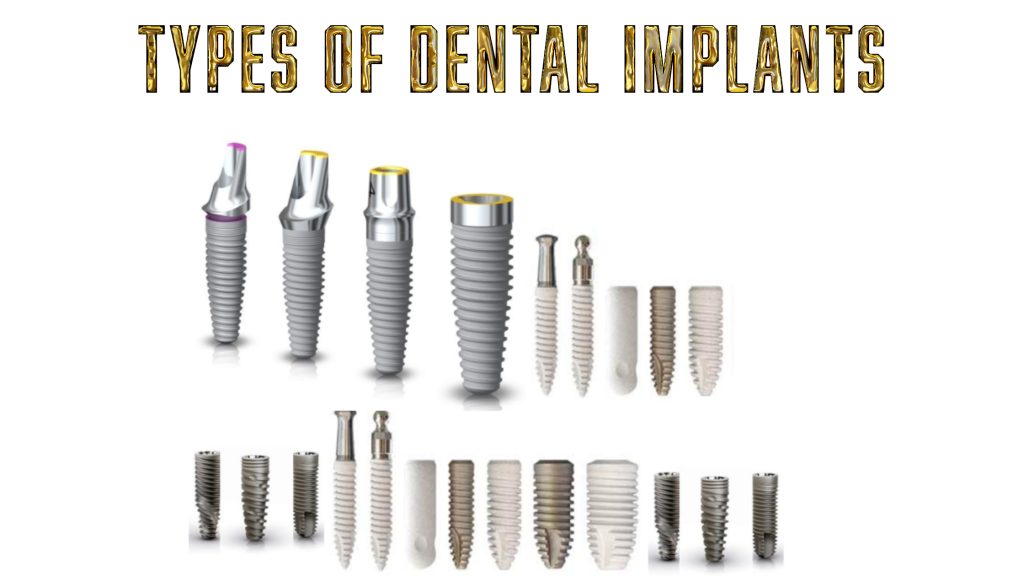
Dental implants in wayland & watertown, MA are primarily categorized into two main types: endosteal and subperiosteal. Endosteal implants, considered the gold standard with a 95% success rate, are directly placed into the jawbone and come in cylindrical (for normal bone density) or screw-type (for low-quality bone) designs. Their surface treatments like acid-etching or special coatings can accelerate osseointegration by 30%. For complex cases involving severe bone loss, alternative options include subperiosteal implants placed on the jawbone and zygomatic implants anchored in the cheekbone (85-90% success rate), while short/mini implants serve as viable solutions for specific situations. The choice depends on multiple factors including bone quality, missing tooth location, and the patient’s overall health condition.
Recent technological advancements have significantly improved implant outcomes across all types of Dental Implants. Surface modifications and 3D-guided placement techniques enhance precision and success rates, making dental implants accessible to nearly all patients regardless of bone condition. While endosteal implants remain the preferred choice, alternative solutions now effectively address even the most challenging cases. Computer-assisted planning has notably reduced surgical complications by 40% compared to traditional methods, offering safer and more predictable results. These innovations continue to expand treatment possibilities while maintaining optimal function and aesthetics in dental restoration.
In this content, we’ll explore different types of dental implants in more detail and better understand the advantages and features of each one.
Types Of Dental Implant
At D’Amico Dental Care, we offer specialised types of Dental Implants solutions tailored to each patient’s unique anatomical needs and oral health status:
- Endosteal Implants (94-98% 10-Year Success Rate)
- Most common type (90% of cases)
- Cylindrical/screw-shaped designs for optimal stability
- Surgically embedded into the jawbone
- Ideal for patients with adequate bone density
- Standard choice for single-tooth or multi-tooth replacements
- Subperiosteal Implants (For Severe Bone Loss)
- Custom metal frames placed on the jawbone (under gums)
- Alternative when bone grafting isn’t an option
- More complex surgery (only 2-3% of cases)
- Best for full-arch restorations in atrophied jaws
- Zygomatic Implants (85-90% 5-Year Success Rate)
- Anchored in the cheekbone (zygoma) instead of maxilla
- Extra-long design (30-55mm) for extreme bone loss cases
- Avoids need for sinus lifts in upper jaw
- Faster recovery than bone grafting + traditional implants
Implant Selection Factors at D’Amico Dental Care:
✓ Bone volume/density (CBCT-scanned)
✓ Tooth position (front teeth vs. molars)
✓ Systemic health (diabetes/smoking management)
✓ Surgeon’s expertise in advanced techniques
✓ Aesthetic goals (custom shade/shape matching)
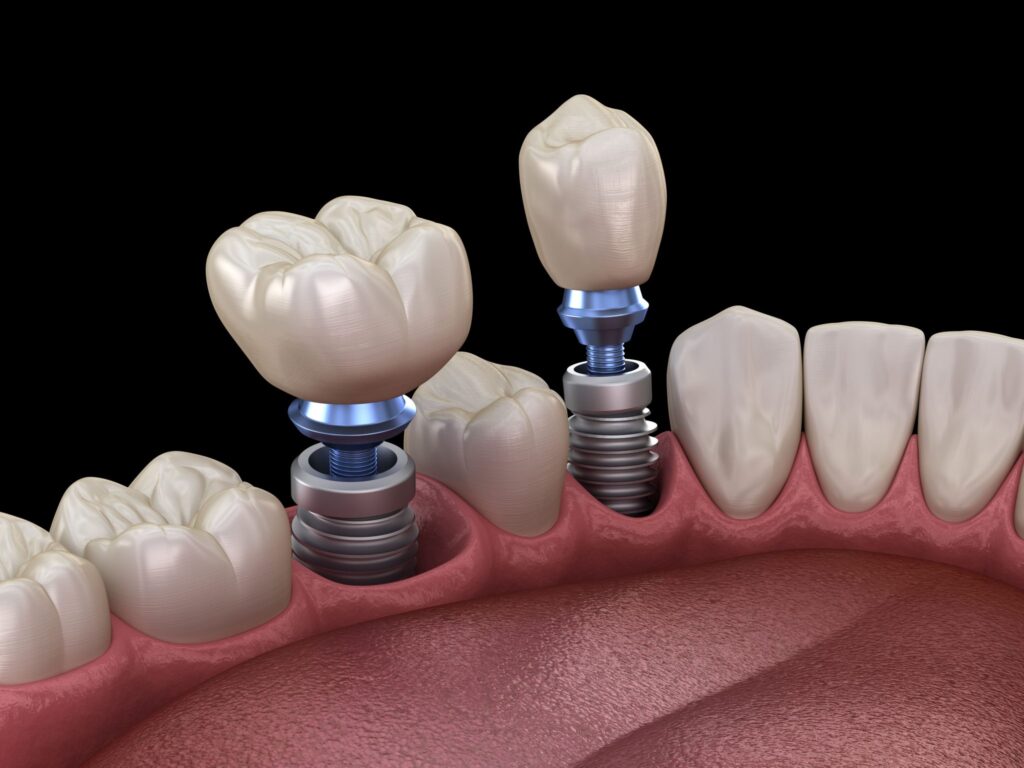
Endosteal Implants
Endosteal implants are the most popular and successful types of dental implants, placed directly into your jawbone. Made from high-quality medical-grade titanium, they bond securely with your natural bone and boast an impressive 94-98% success rate after 10 years. Thanks to modern surface treatments like acid-etching and special coatings, these types of dental implants now fuse with your bone much faster – typically in just 8-12 weeks instead of the traditional 6 months. They come in three smart designs: cylindrical for strong bones, screw-type for average bone density, and blade-style for narrow spaces, all offering excellent stability, natural chewing function, and beautiful aesthetic results.
For best outcomes, your jawbone needs to be at least 10mm tall and 5mm wide. If your bone is insufficient, don’t worry – procedures like sinus lifts or bone grafts can prepare your jaw for successful implantation. What makes these types of dental implants truly remarkable is how their titanium surface naturally blends with your bone, creating a strong, lasting foundation for your replacement teeth. Your implant dentist will carefully examine your bone structure and recommend the perfect implant type and placement approach for your unique smile.
Ideal Candidates for Endosteal Implants and Benefits
The perfect candidates for endosteal implants are individuals in good general health with adequate bone density. You’ll need at least 10mm of bone height and 5mm of width for successful implantation. Research shows non-smokers with proper oral hygiene have three times higher success rates compared to smokers. This treatment works best for people missing one or several teeth who have healthy gums. Well-controlled systemic conditions like diabetes (with HbA1c under 7%) are also important for optimal results.
These remarkable types of dental implants restore up to 90% of natural chewing function while maintaining jawbone structure and providing beautiful aesthetic outcomes. With an outstanding 95-98% success rate over 10 years, they’re the gold standard for tooth replacement. Unlike bridges, they prevent bone loss and don’t require altering adjacent teeth. When properly cared for, endosteal implants can last 20-25 years, making them the most cost-effective long-term solution for your smile.
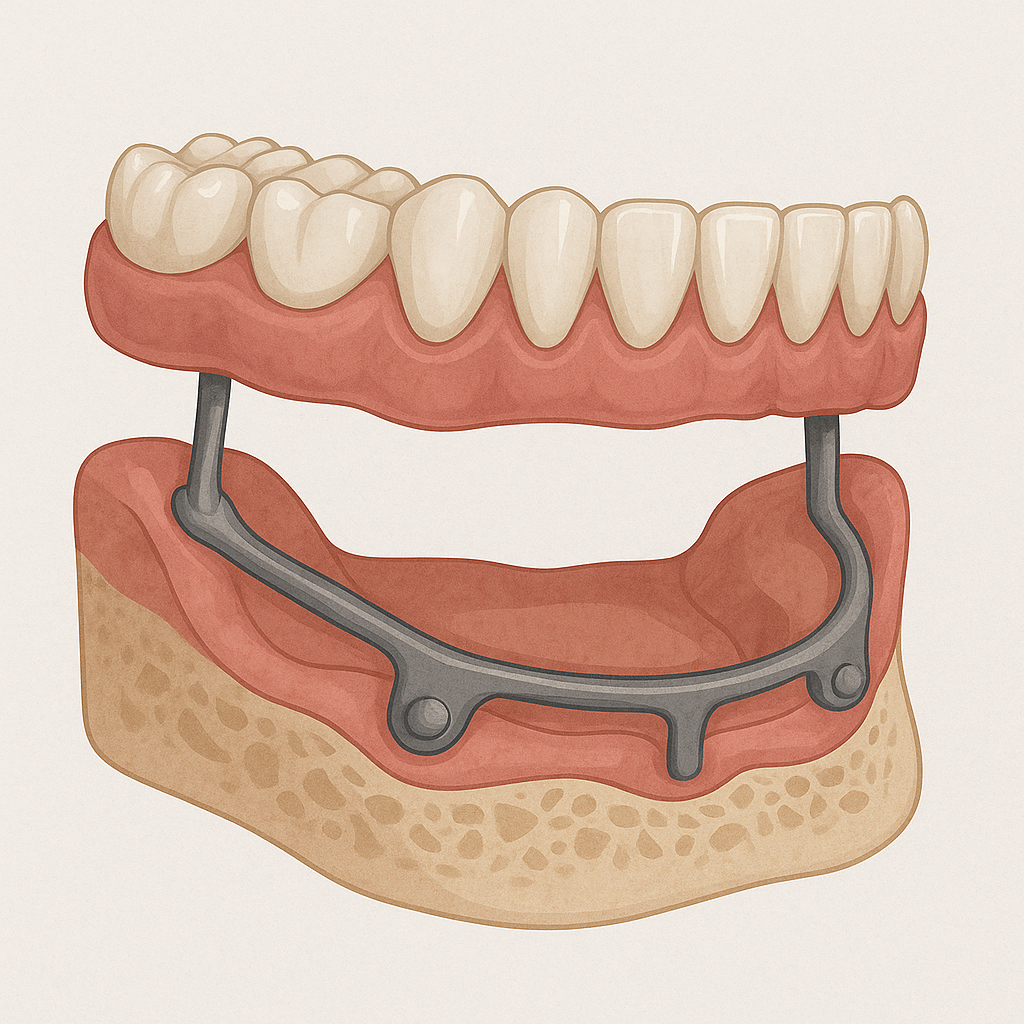
Subperiosteal Implants
Subperiosteal implants serve as an alternative for patients with significant jawbone deterioration who aren’t candidates for traditional endosteal implants. These custom-made metal frameworks sit on the jawbone beneath the gums, providing support for dentures without requiring deep bone integration. While ideal for cases with less than 5mm bone height (bypassing the need for bone grafts), their 85-90% success rate trails endosteal options.
Key Considerations:
✓ Best for: Elderly patients or those unsuitable for bone grafting
✓ Advantage: Works with minimal bone volume
✓ Drawbacks: More invasive surgery, higher infection/rejection risk
✓ Current use: Now employed in just 2-3% of cases due to advanced grafting techniques
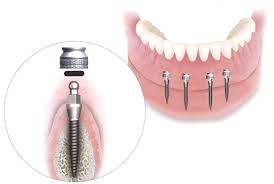
Mini Dental Implants
Mini implants (with diameters under 3mm) offer a practical solution for patients with moderate bone loss or limited space for standard implants. Primarily used to stabilize removable dentures or as temporary solutions, these small fixtures demonstrate an 85-90% 5-year success rate, particularly in the lower front jaw. Their key advantages include minimally invasive placement, faster healing (4-6 weeks), and lower costs compared to conventional implants.
While providing valuable short-term benefits, mini implants have limitations: they withstand less chewing force and aren’t ideal for immediate loading. Research indicates they work best for elderly patients with bone loss or those seeking affordable interim solutions. Importantly, they typically serve as temporary (3-5 year) solutions, often requiring eventual replacement with standard implants. Currently accounting for 10-15% of implant cases, mini implants fill a specific niche in restorative dentistry.
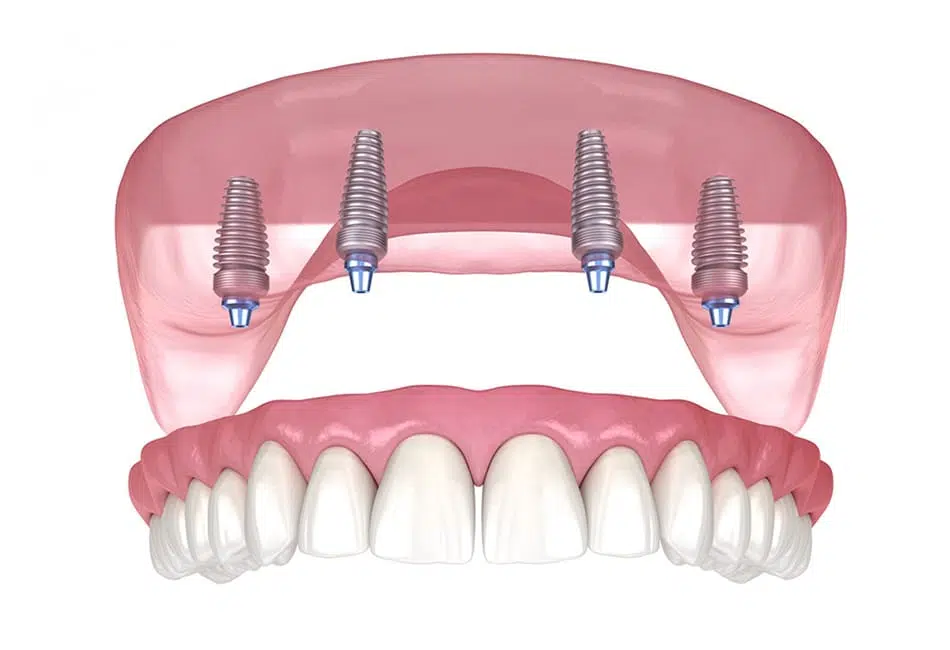
All-on-4 Implants
At D’Amico Dental Care, we’ve transformed full-arch tooth replacement with the groundbreaking All-on-4® technique – the gold standard for patients missing all or most teeth. This dental implant type uses four strategically placed implants per jaw (two vertical front implants and two angled rear implants at 30-45°) to support a complete set of fixed, natural-looking teeth in just 24-72 hours. With an exceptional 95% 10-year success rate, All-on-4 implants delivers what traditional methods cannot:
Why Patients Choose All-on-4® at D’Amico Dental Care:
✓ Bone Preservation: Angled implants utilize existing bone, avoiding grafting in 80% of cases
✓ Immediate Smile Restoration: Walk out with temporary teeth on surgery day
✓ Cost-Efficiency: 40-60% more affordable than traditional full-arch implants
✓ Life-Changing Results: 90% of patients report transformed eating, speaking and confidence
Our Precision Approach:
• 3D Digital Planning for perfect implant positioning
• Same-Day Temporary Teeth for immediate function
• High-Quality Final Prosthesis (5-7 year lifespan before replacement)
• Specialist-Performed Surgery for optimal outcomes
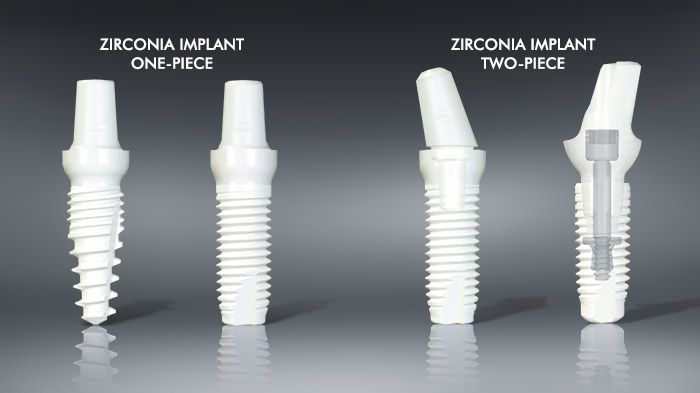
Zirconia Implants
This dental implant types have emerged as an innovative titanium alternative, crafted from zirconium dioxide – a ceramic material with exceptional biocompatibility and corrosion resistance. These white-colored implants offer distinct advantages for metal-sensitive patients and those prioritizing aesthetics, demonstrating a 92-95% 5-year success rate. Their key benefits include reduced gum inflammation risk and superior natural appearance, particularly in the visible smile zone.
While promising, zirconia implants present certain limitations: they’re slightly more brittle than titanium, typically 20-30% more expensive, and less ideal for immediate loading cases. Their one-piece design (combining implant and abutment) may also limit restorative flexibility in some clinical situations. Currently representing 10-15% of implant cases, they’re primarily used in anterior regions where aesthetic demands are highest. Ongoing material advancements continue to address these challenges, making zirconia an increasingly viable option in modern implantology.
When Should You Consider Zirconia Implants?
Zirconia implants are a game-changer for patients with metal allergies or those wanting the most natural-looking results. Thanks to their tooth-colored, white appearance, they’re especially great for thin gums where regular implants might show through, and they reduce gum inflammation by 30% compared to traditional options. These types of dental implants really shine in your visible smile zone, giving you both confidence and comfort. While they’re not for everyone, about 1 in 5 patients find them to be the ideal solution for their needs.
These metal-free implants work best for patients with good bone support who don’t need immediate loading. Since they offer less flexibility in design than titanium implants, your dentist will carefully check your gums and bone to make sure they’re right for you. Newer versions are getting stronger while keeping their natural look, making them an exciting option in modern dentistry. The key is getting a personalized evaluation – your specialist can help decide if zirconia’s benefits match your unique smile goals.
Custom Implants
At D’Amico Dental Care, we pioneer fully customized dental implants type for patients with complex anatomical needs. Using AI-powered CAD/CAM technology, we craft implants that perfectly match your unique jaw structure – achieving an unprecedented 95-98% anatomical fit. These aren’t just implants; they’re personalized tooth replacements engineered for your smile.
Why Choose Custom Implants?
✓ Perfect for challenging cases (severe bone loss/congenital defects)
✓ 40% faster bone integration with proprietary porous surfaces
✓ Natural bite force distribution for comfortable chewing
✓ Reduced surgery time through precision planning
Our Digital Craftsmanship Process:
- High-Resolution 3D CBCT Scan captures your anatomy in micron detail
- AI Design Software creates your implant blueprint
- Medical-Grade 3D Printing in titanium (2-4 week fabrication)
- Porous Surface Treatment enhances bone attachment
While currently serving 5-7% of complex cases, these “haute couture” implants deliver life-changing results when standard options fail. The investment reflects their surgical precision and biological advantages – like commissioning a master tailor for your smile.
The Advantages of Custom Implants for a Perfect Fit
Custom implants represent a revolutionary leap in dental technology, offering unprecedented precision through advanced digital workflows. By combining 3D CBCT imaging with computer-aided design (CAD), these types of dental implants achieve a remarkable 98-99% anatomical match to each patient’s unique bone structure. Clinical studies demonstrate this precision reduces mechanical stress on bone by 40% while accelerating osseointegration. The technology also optimizes chewing force distribution and minimizes risk to vital structures like nerves and sinuses, making previously “impossible” cases now treatable.
The customizable porous surface design of these types of implants enhances blood vessel formation and osteoblast migration by 50% – particularly crucial for patients with poor bone quality or congenital defects. Research confirms a 5-7% higher success rate in complex cases compared to standard implants. Beyond functionality, the bespoke design process simultaneously restores both aesthetics and biomechanics at levels unattainable with conventional methods. While currently representing the pinnacle of implant technology, ongoing advancements in 3D printing and biomaterials continue to expand the possibilities of truly personalized dental rehabilitation.
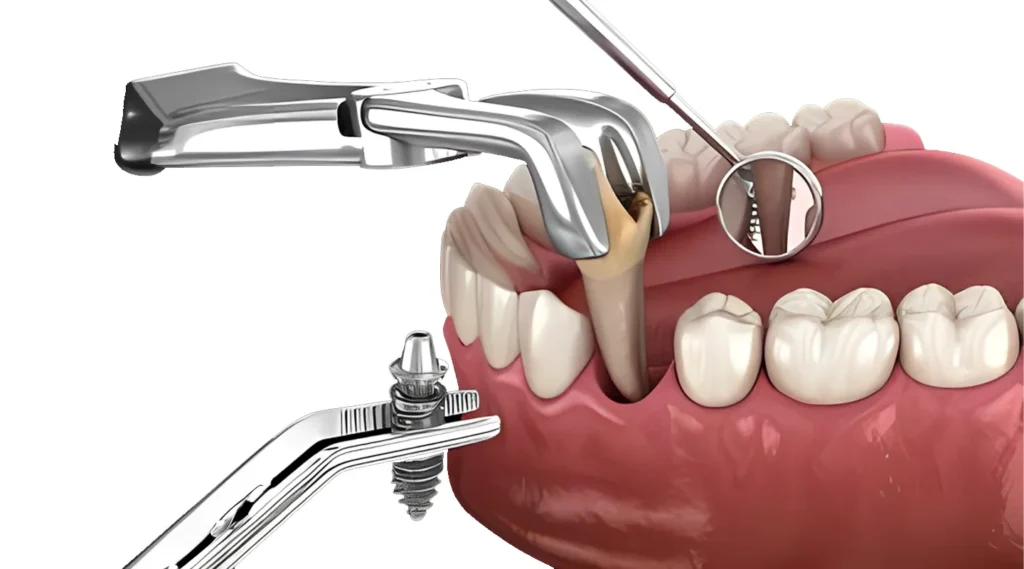
Immediate Dental Implants
Immediate implants revolutionize tooth replacement by being placed right after extraction in a single appointment. This cutting-edge approach preserves bone volume and dramatically reduces treatment time, boasting a 91-95% success rate when strict criteria are met. Ideal candidates need healthy bone (with at least 35Ncm primary stability), no active infection, and typically benefit most in visible anterior regions where aesthetics matter.
While transformative, immediate implants require expert precision. About 20-30% of cases show temporary bone resorption that usually resolves naturally. Immediate loading is only safe with exceptional primary stability (>45Ncm), making smokers and advanced periodontal disease patients poor candidates. Currently representing 25-30% of implant cases, this method blends efficiency with biological preservation when performed correctly.
Pros and Cons of Immediate Implant Placement
Immediate dental implant types offer a transformative approach to tooth replacement, significantly reducing treatment time while quickly restoring both chewing function and aesthetics. Research shows this method improves bone preservation by 40% and prevents post-extraction bone loss. Key benefits include fewer surgical procedures and high patient satisfaction, with particularly excellent results in the visible front tooth area where appearance matters most. When patients are properly selected, immediate implants demonstrate a reliable 90-94% success rate, making them a safe and effective option.
While advantageous, immediate implants require careful evaluation. Insufficient bone around the extraction site is the leading cause of failure, and immediate loading may sometimes compromise the implant. Smokers and patients with advanced periodontal disease are generally not ideal candidates. Studies indicate 20-25% of cases need additional bone grafting, which can increase both cost and treatment time. Ultimately, the success of immediate implants depends on meticulous patient selection and the surgeon’s expertise—factors that ensure optimal outcomes for this innovative procedure.
Long-Term Care for Different Types of Implants
At D’Amico Dental Care, we tailor maintenance plans to your specific implant type for optimal longevity:
- Titanium Implants
- Daily Care: Soft toothbrush + Super Floss
- Professional Care: Bi-annual metal-safe cleanings
- Critical Focus: Meticulous plaque control (prevents 80% of complications)
- Lifespan: 20-25 years with proper care
- Zirconia Implants
- Special Tools: Nylon-coated brushes only (prevents scratching)
- Advantage: 30% more plaque-resistant than titanium
- Cleaning Protocol: Alcohol-free antimicrobial rinses
- All-on-4®/Full-Arch Solutions
- Quarterly Checkups: Essential for prosthesis stability
- Annual Adjustments: Reduces failure risk by 50%
- Key Monitoring: Bite balance & gum health
- Mini Implants
- 4-Month Checkups: Critical for smaller fixtures
- Bite Management: Avoid hard/sticky foods
- Typical Lifespan: 3-5 years (often transitional)
Universal Implant Don’ts:
✖ Smoking (3x failure risk)
✖ Unprotected teeth grinding
✖ Chewing ice/hard candies
source: www.webmd.com
FAQ
- What are the features of Endosteal (Endosseous) Implants?
- Most common dental implant type
- Screw-shaped for jawbone placement
- Pure titanium with biocompatible coating
- Ideal for most patients with adequate bone density
- Long lifespan with proper care
- Who are subperiosteal implants suitable for?
- Patients with severe jawbone loss
- Placement on the bone (not within)
- Custom-made metal framework
- Requires more complex surgery than endosteal
- Less commonly used today
- When are zygomatic implants used?
- For upper jaw with minimal bone
- Anchored in cheekbone (zygoma)
- Significantly longer than conventional implants
- Requires highly specialized surgeon
- Higher cost than standard implants
- What are mini implants used for?
- Smaller diameter (<3mm)
- Requires less bone
- Primarily for stabilizing dentures
- Faster, less invasive procedure
- Shorter lifespan than standard implants
- How does the All-on-4 system work?
- 4 implants supporting full arch
- Angled placement to maximize existing bone
- Fixed prosthesis same day
- Lower cost than individual implants
- Suitable for moderate bone loss patients
- What are the advantages of immediate implants?
- Placement right after extraction
- Fewer surgical procedures
- Shorter treatment time
- Requires excellent bone quality
- Higher risk than conventional methods
- Who are ceramic (zirconia) implants best for?
- Patients with metal allergies
- Exceptional aesthetics for front teeth
- High corrosion resistance
- No thermal conductivity unlike titanium
- Higher cost than titanium implants
- How to select the right implant type?
- Comprehensive exam by implant specialist
- Bone density evaluation with CT scan
- Considering patient’s budget
- Specific medical conditions (e.g., allergies)
- Patient’s aesthetic expectations

